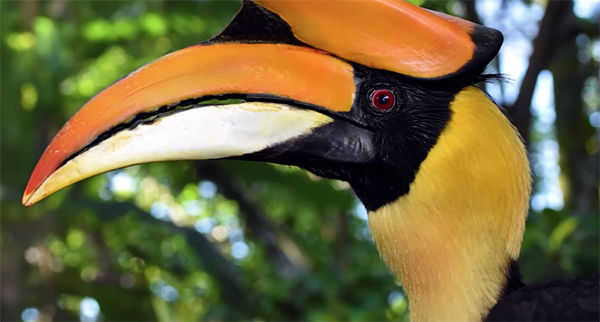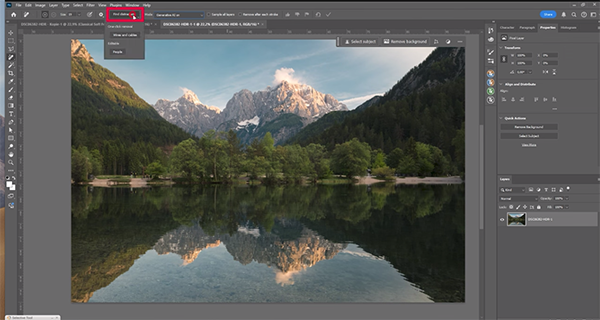Macro Magic with Budget Gear & Simple Techniques (VIDEO)
So what’s holding you back from giving macro photography a try? In many cases it’s the lack of a costly, specialized lens offering a 1:1 reproduction ratio. If this sounds familiar you’re in for a surprise because today’s 10-minute lesson from the Hamed Photography YouTube channel demonstrates how to capture stunning images of tiny subjects with affordable accessories and a few easy-to-master shooting techniques.
Macro photography is a fascinating genre that enables you to explore intricate details that are difficult to discern with the naked eye. Appropriate subjects include flowers, water droplets, insects, and even jewelry, and other everyday objects. The good news is that you can easily get the job done without a professional lens in your kit.
Hamed specializes in tutorials that help amateur shooters capture stunning imagery with straightforward techniques using gear they already own, and perhaps a few inexpensive add-ons. In this video he explores several alternatives to a professional macro lens and explains how to use them for optimum results.

As he says, “By using budget-friendly tools like reverse rings, thread-on close-up lenses, and extension tubes you can achieve stunning results without breaking the bank.” He further insists that by combining these tools with good lighting and a creative eye it’s possible to capture attention-grabbing macro shots that rival those made with costly professional gear.
But there’s more to this episode than the simple tools described because Hamed also demonstrates a handful of shooting techniques that photographers of all skill levels can master with ease. These begin with the use of a sturdy tripod to minimize camera shake, as even the slightest movement can easily ruin an otherwise great shot.
Hamed explains that autofocus often fails at high magnifications, and why he recommends focusing manually and adjusting by physically moving the camera closer to or further from the subject until it looks really sharp. He also describes methods for depth-of-field management and how to expand the range of sharp focus.

Another way to increase your odds of success when first getting started is to shoot stationary subjects in a controlled environment where rapidly changing lighting, wind, or subject movement doesn’t complicate the task.
After learning how’s it’s done, head over to the Hamed Photography YouTube channel for more easy-to-follow shooting and post-processing tips and techniques.
And be sure not to miss the related tutorial we featured with another accomplished pro who demonstrates simple techniques and key camera settings for capturing magnificent macro photographs with an iPhone.










